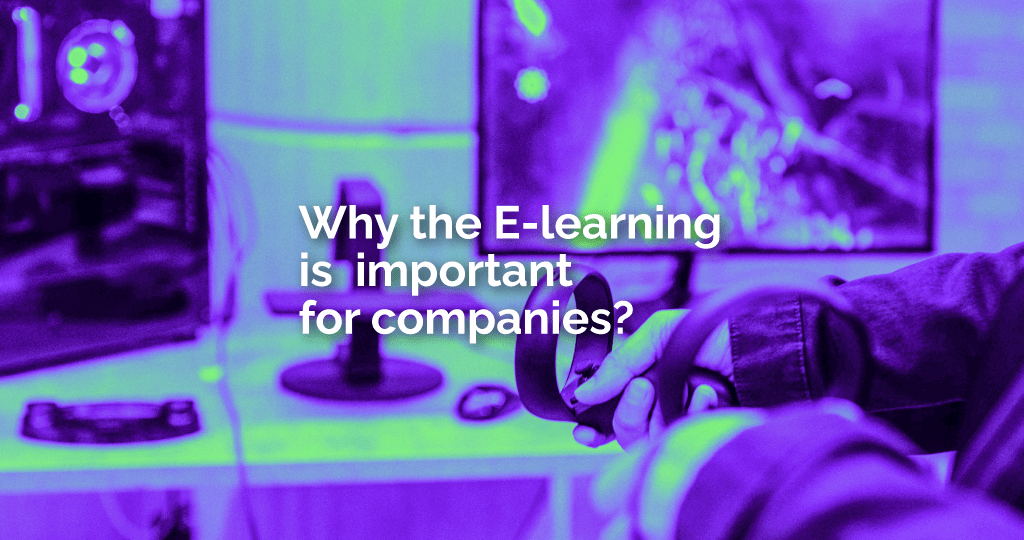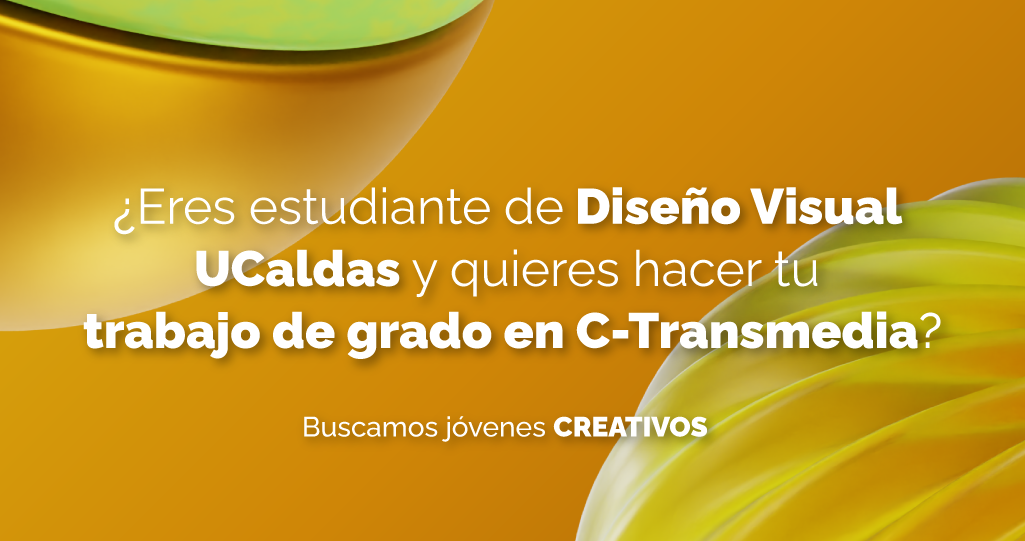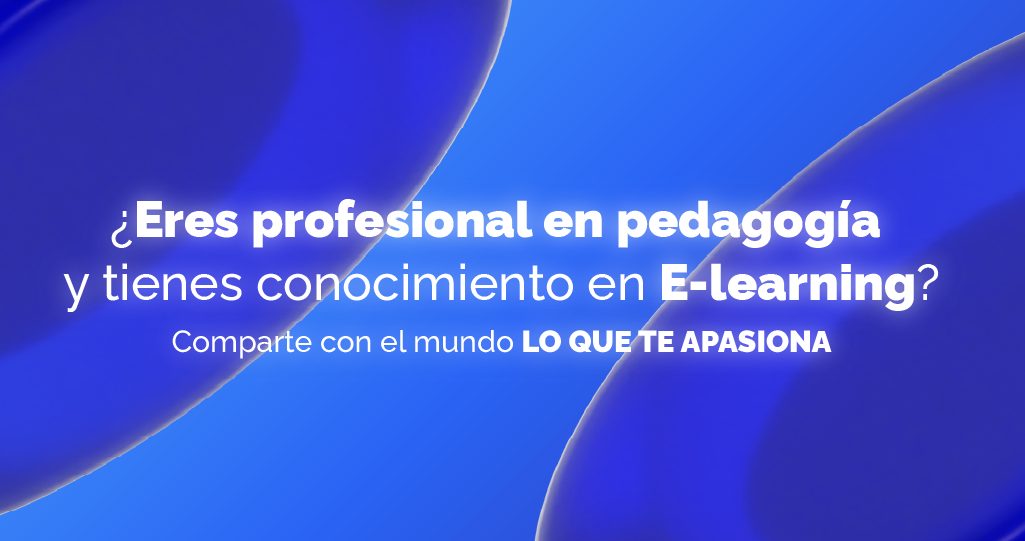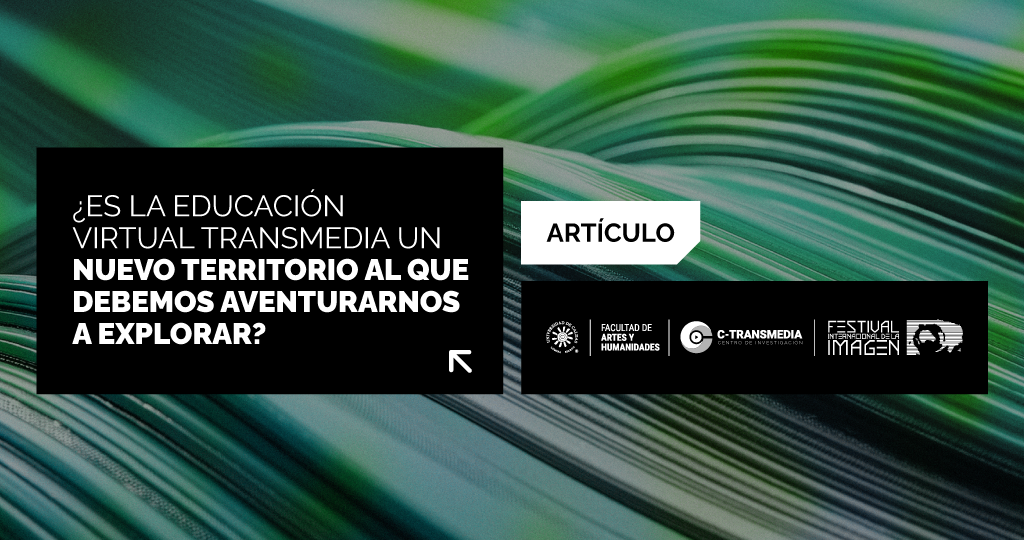
Why is important the E-learning for companies?
Why is important the E-learning for companies?
E-learning facilitates the “access to training and updating of company staff, making it more competitive and efficient” (Martínez, 2009, p.34). This modality is increasingly due to the flexibility that employees can have for their training, and the accessibility through digital devices. The use of this educational model in companies has experienced significant growth in recent decades.
In 1995, only 4% of companies were using this technology for employee training and development, while by 2020, 90% of companies worldwide are using e-learning (Sisti, 2023). E-learning facilitates the accessibility to employees in different geographical locations, which reduces transportation costs for companies.
On the other hand, this training modality reduces costs between 40-60% compared to traditional training, while decentralizing the business structure (Martinez, 2009). In addition, it generates an Internet culture that transforms communication and internal and external relations, favoring organizational and methodological changes (Martinez, 2009).
According to Mittelstaedt et al. (2009 cited by Alvarez (2011, p.6) “virtual training of workers has improved organizational learning, since it has improved the productivity of employees by developing new and better skills and abilities within the work environment where people develop”. In this sense, smart companies that develop E-learning solutions gain a competitive advantage, as they promote learning, productivity and efficiency of the individuals that are part of their entity.
With the rise of technologies, companies are in constant transformation and innovation of their productive and organizational processes, therefore, according to Martinez (2000), cited by Rodriguez, et al. (2018); those organizations limited in their economic, social and technological growth, generally, are not able to produce new knowledge to adapt to social demands and market requirements among others (Martinez, 2000, p.144). Consequently, traditional companies have to make their transition to smart companies through E-learning, to improve organizational processes by increasing their capital, human talent and automating production processes.
According to Senge (1999, cited by Rodriguez, et al. 2018), “intelligent organizations are those capable of creating knowledge and changing reality through learning” (Rodriguez, et al., 2018 p.143). It should be noted that the concept of learning is not just acquiring more knowledge, it is the ability to achieve the objectives and adopt new perspectives of thinking (Lanzas, et al. 2005).
The small and medium-sized enterprises (SMEs) face challenges related to staying in the market, so they are constantly seeking to become more competitive. Thus, E-learning can benefit small and medium-sized companies by enabling them to acquire knowledge in areas such as management, leadership, administration and customer service, as well as in specific sectoral areas such as commerce, which in turn fosters the creation of new knowledge. In this way, SMEs can access the same intellectual resources as large companies and, therefore, improve their competitive capacity.
On the other hand, large companies also benefit from the implementation of E-learning solutions. Some of the advantages that these companies acquire are: new employees trained to perform their work efficiently, flexibility to review courses at any time, increased productivity, among others (Van, 2003).
In conclusion, E-learning has become an indispensable learning modality for the improvement of productivity, efficiency and the development of human talent in companies. Companies must implement knowledge management activities and promote E-learning for their workers, due to this is a key tool for the growth and transition of companies in a market in constant transformation and innovation. Companies need to make the transition to smart companies capable of creating knowledge and innovating through learning.
At C-Transmedia Research Center we develop e-learning solutions and offer training in digital competencies. If you are interested in our services, please contact us through this website or our channels: Facebook, Instagram, Twitter or email.
Innovation and knowledge transfer area.
Carolina Torres, Cristian Ramírez and Julián Orlás.
C-Transmedia Research Center.
References
Álvarez, Y. (2011). Capacitación virtual: El uso de E-learning para la formación de los trabajadores en las organizaciones. Recuperado de: https://core.ac.uk/download/pdf/47066909.pdf
Baelo, R. (2009). El E-learning, una respuesta educativa a las demandas de las sociedades del siglo XXI. Recuperado de: http://www.redalyc.org/articulo.oa?id=36812381007
Lanzas, A. et al. (2005). Creación de empresas inteligentes, cinco disciplinas que contribuyen al proceso. Recuperado de: https://www.redalyc.org/pdf/849/84911707027.pdf
Martínez, C. (2009). La gestión del conocimiento a través del e-learning. Un enfoque basado en escenarios. Recuperado de: https://reader.elsevier.com/reader/sd/pii/S1135252312600768?token=80924EB64F16DC2167616E03296C90EFCDACE4CCBE8108C6BD8334C8B0567368FEBDF309F1847945F157F25410538AD6&originRegion=us-east-1&originCreation=20230510145428
Ministerio de Educación de Colombia. (2016). Educación virtual o educación en línea. Recuperado de: https://www.mineducacion.gov.co/1759/w3-printer-196492.html#:~:text=La%20educaci%C3%B3n%20virtual%2C%20tambi%C3%A9n%20llamada,ense%C3%B1anza%20y%20aprendizaje%20el%20ciberespacio.
Rodríguez, H. et al. (2018). Clima y cultura organizacional y su relación con el cambio gerencial de organizaciones tradicionales a organizaciones inteligentes. Recuperado de: https://revistas.uteq.edu.ec/index.php/csye/article/view/270/266
Schneckenberg, D. (2004). El e-learning transforma la educación superior. Recuperado de: https://educar.uab.cat/article/view/v33-schneckenberg/243
Sisti, B. (2023). ¿Dónde se quedó mi máquina de café? Informe de la Asociación de Aprendizaje y Desarrollo de la Sociedad para la Gestión de Recursos Humanos (SHRM). Recuperado de: https://www.rrhhdigital.com/editorial/157957/
Van, N. (2003). The E-Learning Fieldbook: Implementation Lessons and Case Studies from Companies that are Making E-Learning Work Recuperado de: https://www.bqm.com.pe/libros/Lecciones%20fundamentales%20sobre%20el%20E-Learning%20(2%C2%AA%20Parte%20An%C3%A1lisis%20de%20Casos).pdf


